Huguette Caland
A Life in a Few Lines
A Life in a Few Lines marks the first major European retrospective of the Lebanese-born artist Huguette Caland (Beirut, 1931–2019), whose life and work spanned decades, continents and media, challenging the aesthetic and social conventions of her time. Featuring approximately 300 drawings, paintings, sculptures and work in other media, as well as documentary ephemera, the exhibition weaves a new narrative around Caland’s practice, questioning perceptions of her cosmopolitan rootlessness to show an artist deeply connected to community, communication and the idea of home. It also reveals her defiance of social and sexual norms in work that explores notions of gender, the body, belonging, love, aging and personhood, all of which is set against the broader geopolitical currents of a decolonising and neoliberalising world.
Caland’s diaspora, which brought her into contact with, for example, Beirut’s political tensions, Paris’s utopian liberalism and the bohemian decadence of Venice Beach, frames her artistic production, bringing into focus the dynamic relationship between art-making and the evolving global landscape as experienced by diasporic subjects. The exhibition also foregrounds Caland’s visual and written languages, where bodies, words and other forms seem to converse and meld into each other to form new lexicons unavailable to regular speech. While the exhibition enriches the viewer’s understanding of Caland's best-known "erotic" paintings and drawings, it reminds them that this work was not only part of the global sexual awakening of the 1960s, but also a central component in a larger oeuvre dedicated to the exploration of freedom, connection, rupture and transformation through the lens of the artist’s own life and her interactions with others.
Huguette Caland
A Life in a Few Lines
Curatorship
Hannah Feldman
In collaboration with
Deichtorhallen Hamburg
Organised by
Museo Reina Sofía
Additional material
Image gallery
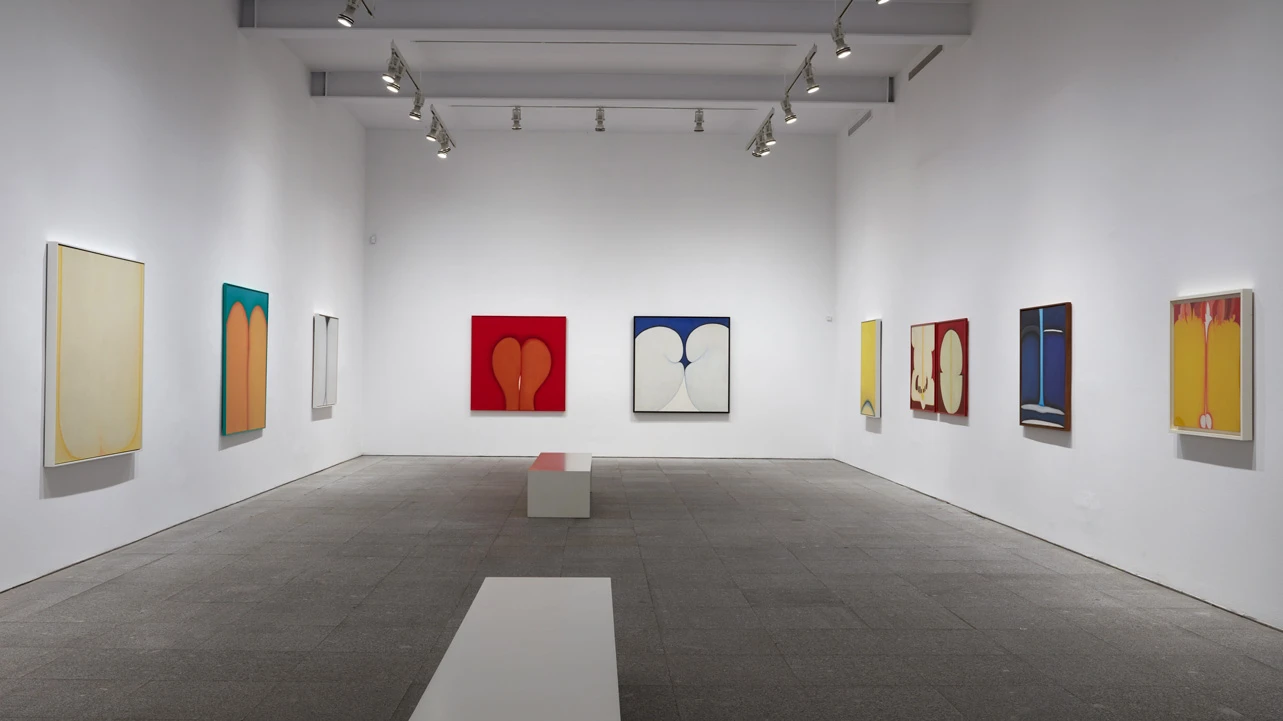
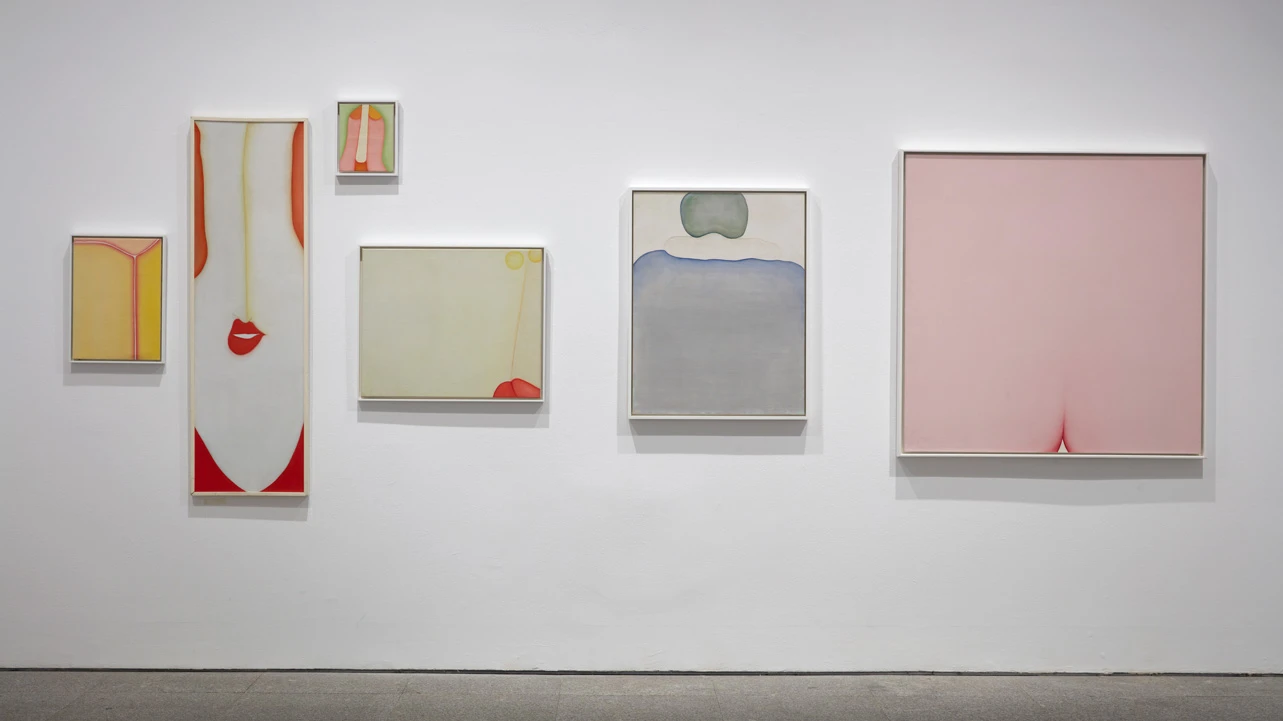
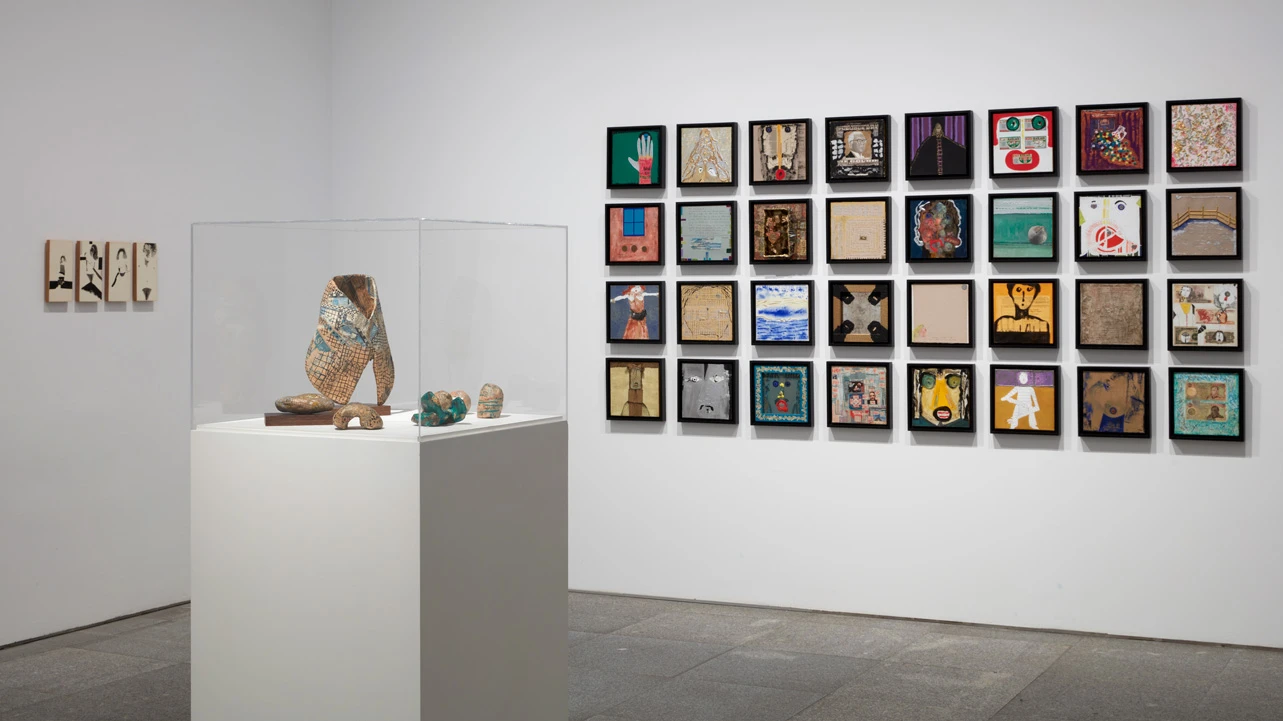
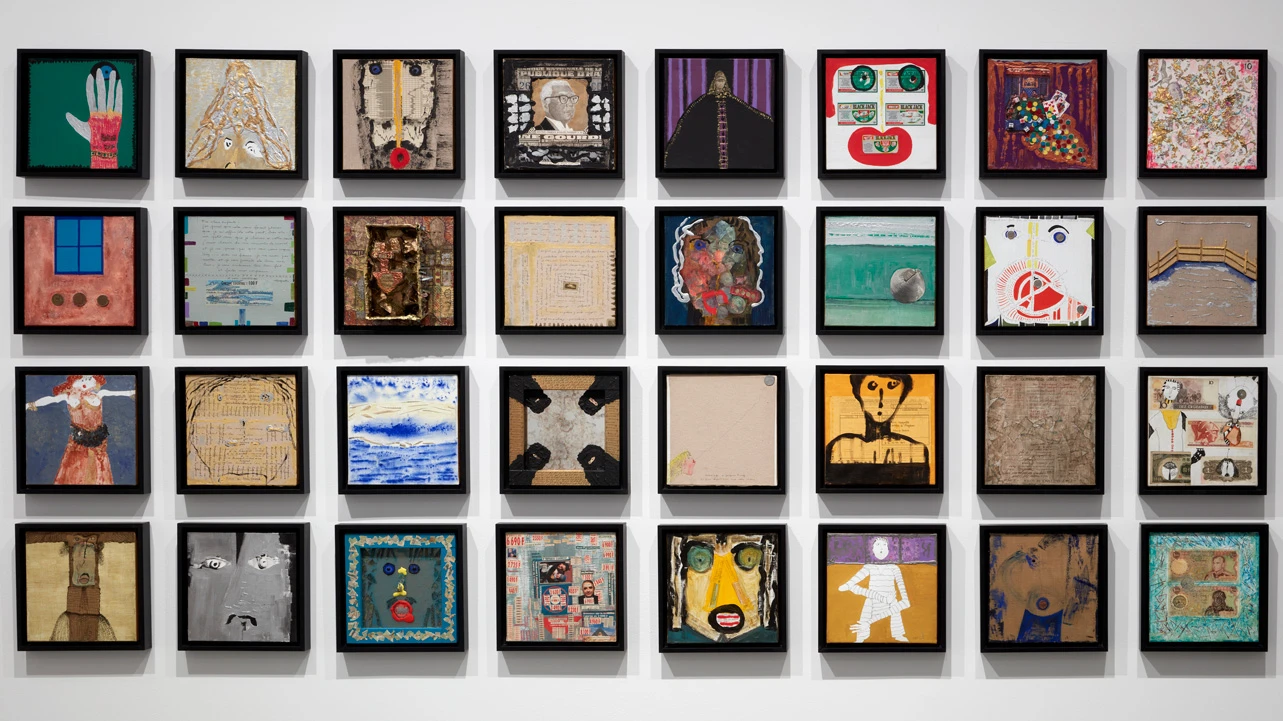
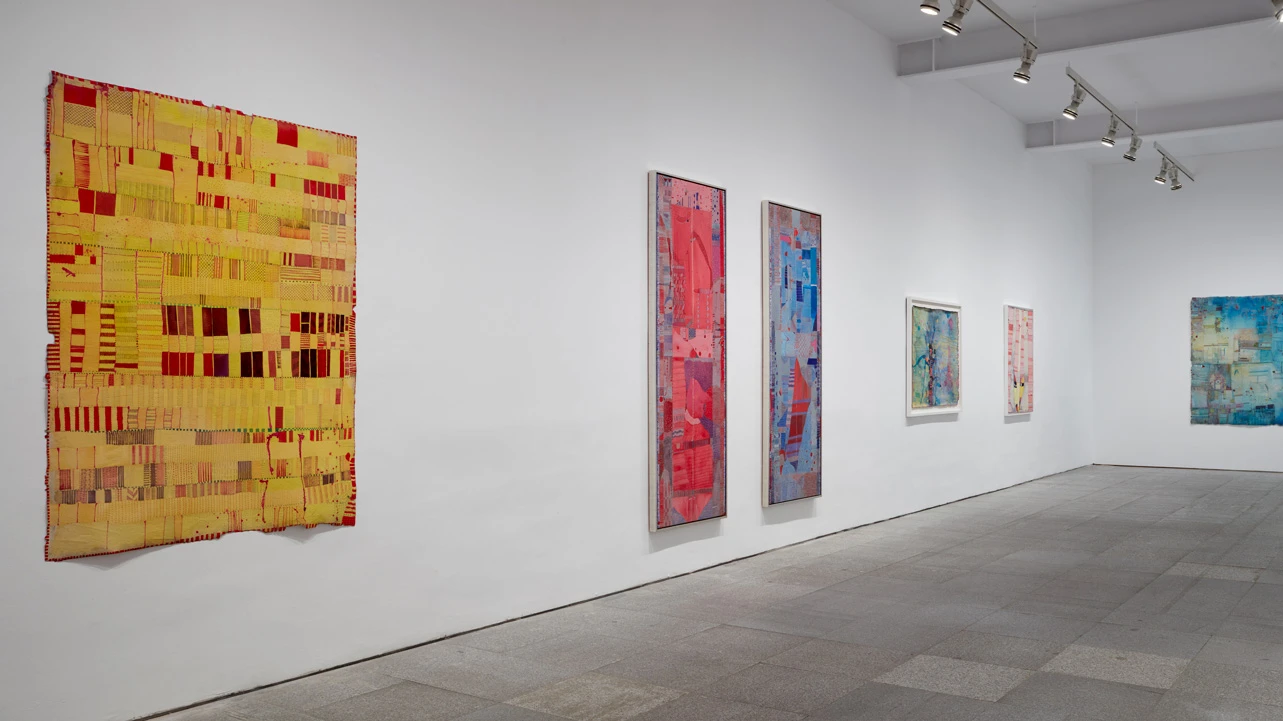
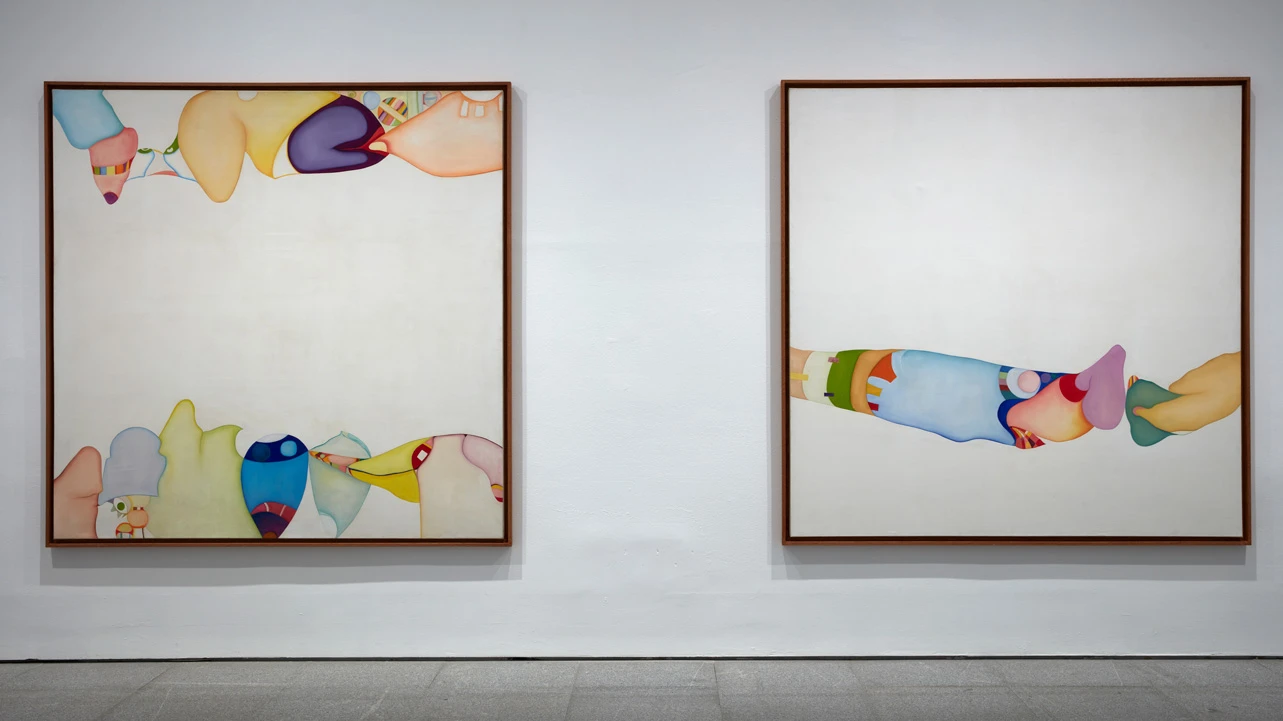
![Huguette Caland, Enlève ton doigt [Remove your finger], 1971. © Courtesy of Huguette Caland Estate](https://recursos.museoreinasofia.es/styles/small_landscape/public/Actividades/huguette_caland_encuentro.jpg.webp)
